Squats are great for a lot more than just building a better butt. They are also one of the most functional and primal movements out there.
However, we are far from our caveman days, and a lot of us could benefit from a little coaching on how to do the perfect squat. Today we are going through the perfect way to do bodyweight squats, as well as back squats and front squats.
The Perfect Bodyweight Squat
Can you spare 10 minutes a day? Then you can do this 7-Day Paleo Weight Loss Bodyweight Workout Challenge!
Click here to get your FREE copy!
1. Start with feet a little wider than shoulder-width apart and knees and toes very slightly turned out to the side. To find the right stance, just take a few wide steps, sort of like marching, until they are a comfortable distance apart. Do a few shallow squats to see where your toes and knees rotate to, making sure they are pointing in the same direction.
2. For a Prisoner Squat variation, place the hands behind your head and pull your shoulder blades down and back. Draw your shoulder blades towards each other and keep your elbows back away from your face. Make sure you’re not pulling on your neck at all; your hands are just there for placement.
This Prisoner Squat variation is great to help keep the shoulders back, as well as keeping the spine straight. If you round through your back when squatting, it will put stress on your lumbar spine, especially when you add excess weight. Prisoner Squats will help strengthen the spinal erectors to keep your back healthy and strong.
3. Keep your weight back in the heels; you should be able to wiggle your toes just a bit if your weight is properly positioned.
4. To initiate the movement, start by hinging slightly at the hips and bending the knees at the same time. Sit your glutes back as if sitting back into a chair. Keep the chest lifted and the back as straight as possible, and remember to keep the shoulders back.
5. Go as deep as you can. Lower your hips as much as possible while keeping the knees and toes in the same line, and keeping the weight in the heels. Flexibility in the hips can affect how deep you can go, so stretching your hips before squatting may allow more muscle engagement.
6. To come back up, press through your heels and engage your hamstrings, hip extensors (the area that connects the hamstrings and glutes), and the glutes. Also, be sure to engage your abdominals and keep your shoulders back.
Stay with bodyweight squats until you feel your form and your strength are ready for more.
How to Do Back Squats
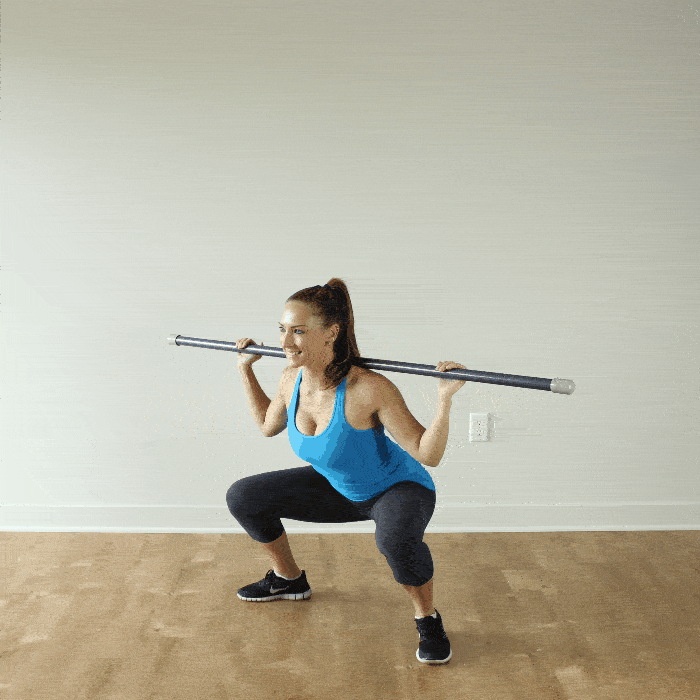
Adding a barbell to your squats can be much more challenging. So if it’s your first time using one, be sure to practice without any added weight. (The bars alone are 45 pounds, so always keep that in mind.)
1. To place the barbell in the correct position, rest the bar on your traps, or the fleshy part of your shoulders, making sure the bar is centered.
2. Place your hands somewhere comfortable with the palms facing forward. Keep your elbows pointing down and grip the bar firmly, but without “white knuckling” it. Keep the form the same as in the bodyweight squats. Keep the chest lifted, back straight, and weight in the heels.
How to Do Front Squats
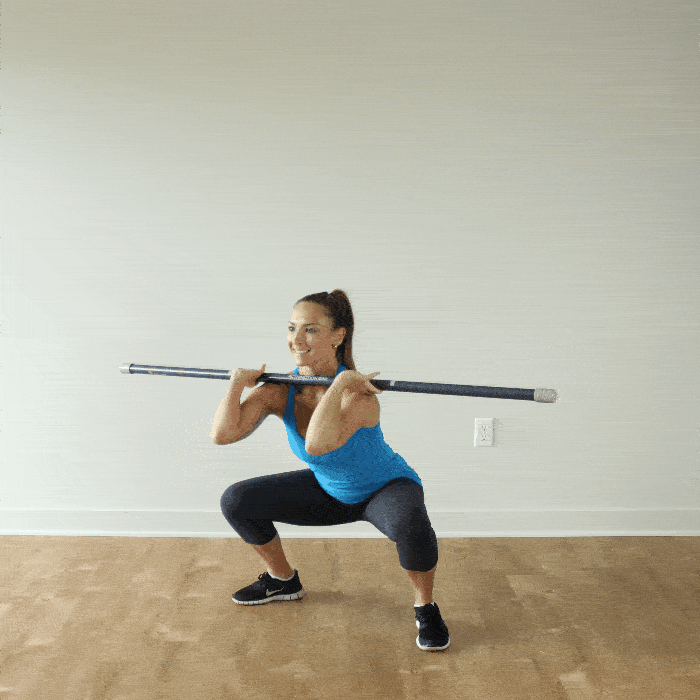
1. Front squats can be even more challenging. First, you have to position the bar into a front rack position. Just as with the back squats, always start with no added weight on the barbell.
2. Step up to the barbell rack and hold onto the bar with an overhand grip, slightly wider than shoulder-width apart. Carefully place the bar right above your collarbone on your front deltoids, keeping the elbows up and pointed straight forward, and the triceps parallel to the ground. The palms will be open-holding, with your first two to three fingers holding the bar steady.
3. Remove the bar from the rack and prepare for the squat. You will need more core strength and back strength to keep your torso more upright. Don’t focus as much about sitting the hips back; think more about keeping the elbows up and pointing forward.
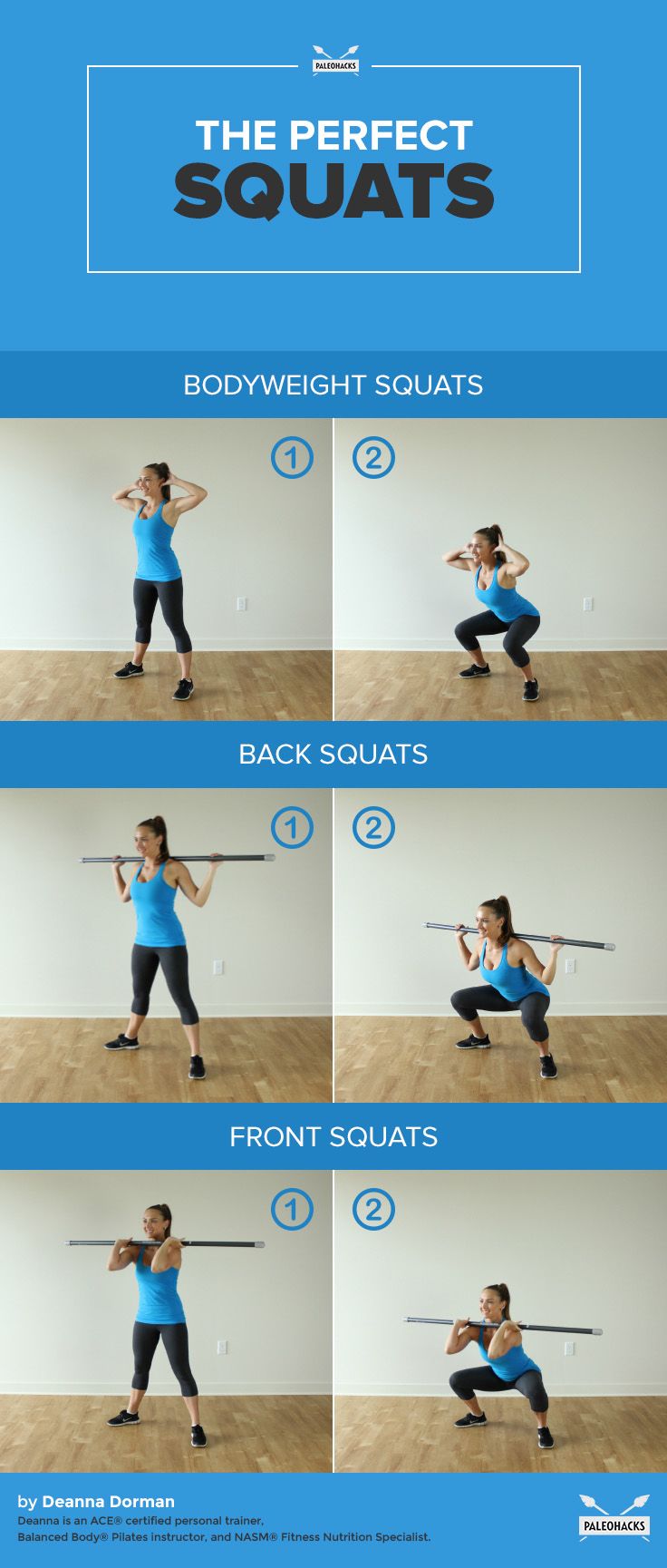
Common Squat Mistakes
1. Not Going Deep Enough – One of the most common mistakes people make is not going deeply enough into their squat. Some people still believe that squats are “bad for your knees,” but if we must be frank, how do you think cavemen went to the bathroom before toilets? SQUATS. Our bodies are designed to do squats.
How to Fix It: One major issue many people have in today’s world it flexibility through the hips. Try these yoga stretches to help open the hips to get deeper into your squats. Also try taking a wider stance to allow the hips to drop lower than the knee.
2. Your Torso Leans Too Far Forward – Having your chest drop forward will put a lot of extra stress on your spine. Your spine should be about parallel with your shins during your squat (depending on which variation you do) so checking side-on in a mirror can sometimes be beneficial.
How to Fix It: Bend the knees more and keep the weight more in the heels as you lower into your squat. It will help shift the torso back and let hips sink down.
3. Not Warming Up Properly – Remember, stretching is key to preparing the joints and muscles for better movement and activation. Not warming up properly will leave you prone to injuries and pain post-workout.
How to Fix It: Bodyweight squats can be a proper warm up once you have started adding weight, or you can try some of these dynamic stretches.
4. Not Pressing Up Quickly Enough OR Lowering Too Quickly – Timing is everything with squats. You want to make sure you lower into your squat much slower than when you come up from your squat. Lowering too fast could cause injury if you’re not yet strong enough, and pressing up too slowly won’t allow as many muscles to engage, putting too much stress on the back.
How to Fix It: Take a slow 2-4 counts down into your squat, and explode quickly to stand back up.
Now that you have all these tips in your workout toolbox, you squats will be honed and ready for your next workout session. Good luck, and no more messy squats!
Watch the Video Below!
(Your Next Workout: The Ultimate 30-Minute Gut & Butt Workout)


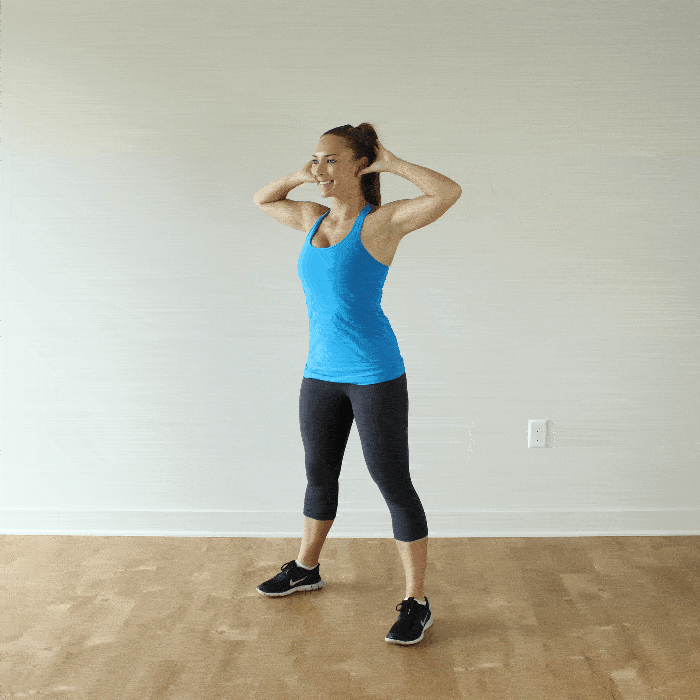
 Chai Pumpkin Spice Latte
Chai Pumpkin Spice Latte

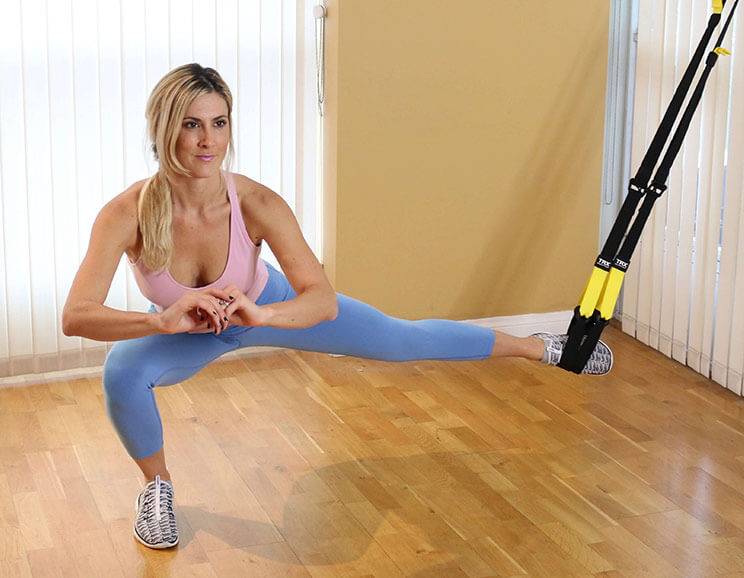

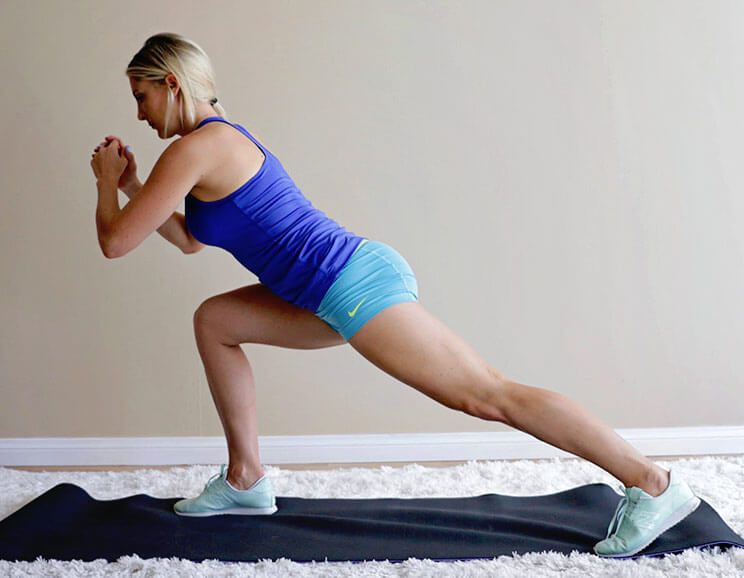

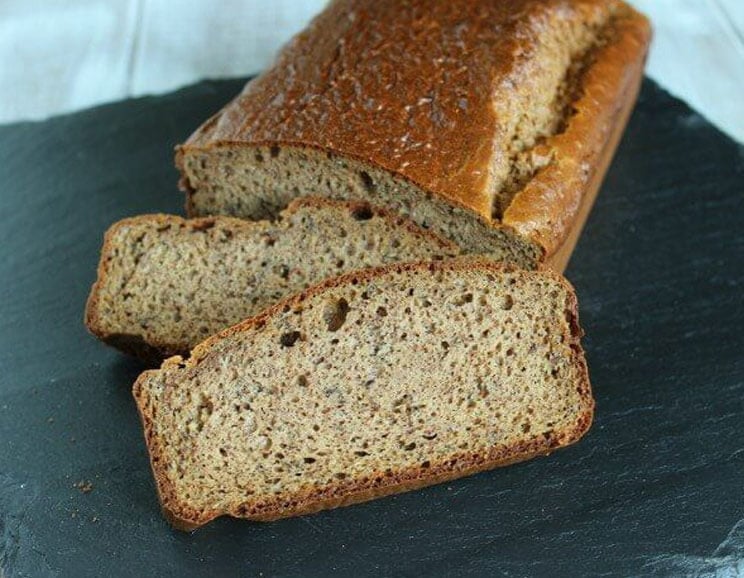


Show Comments